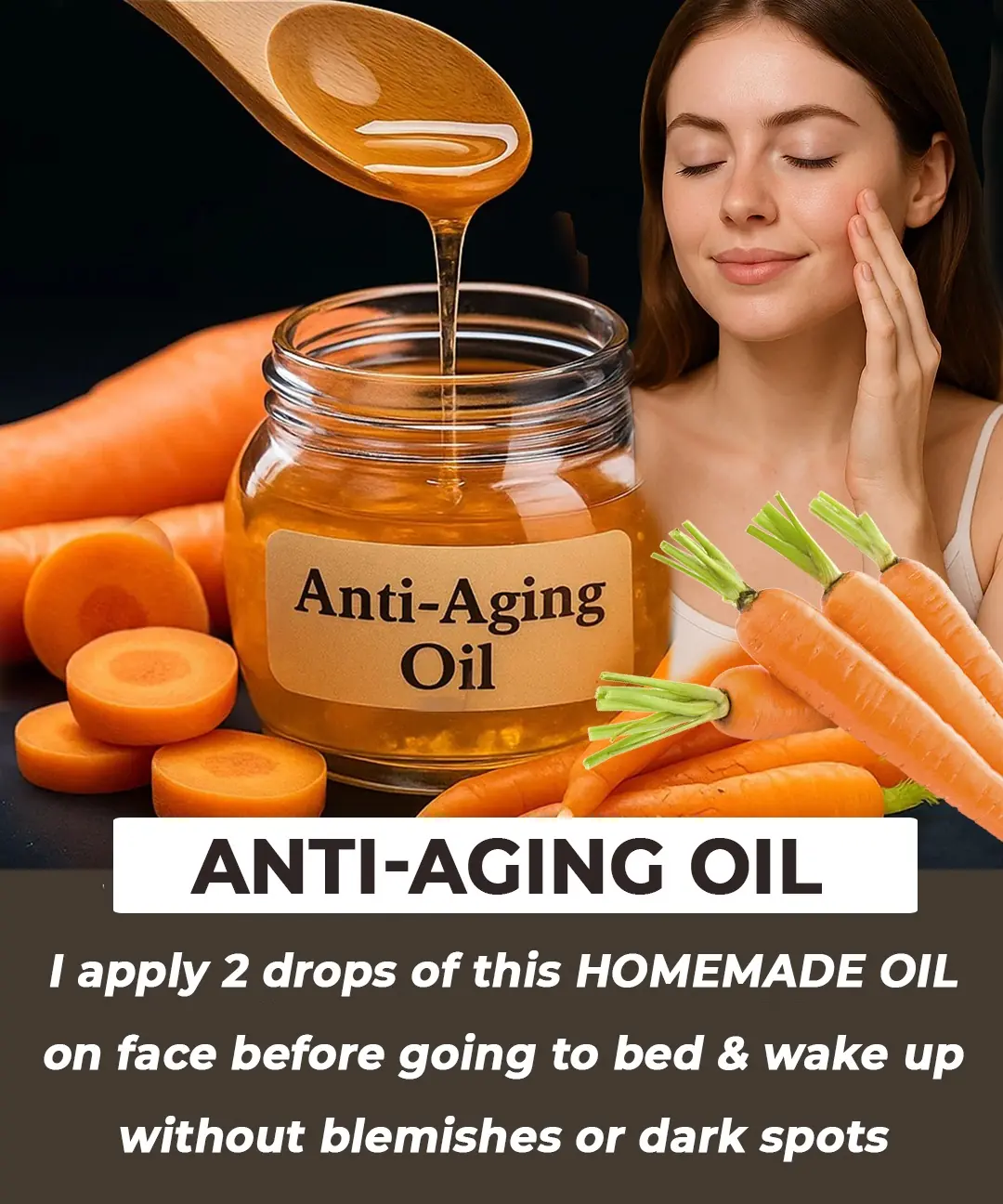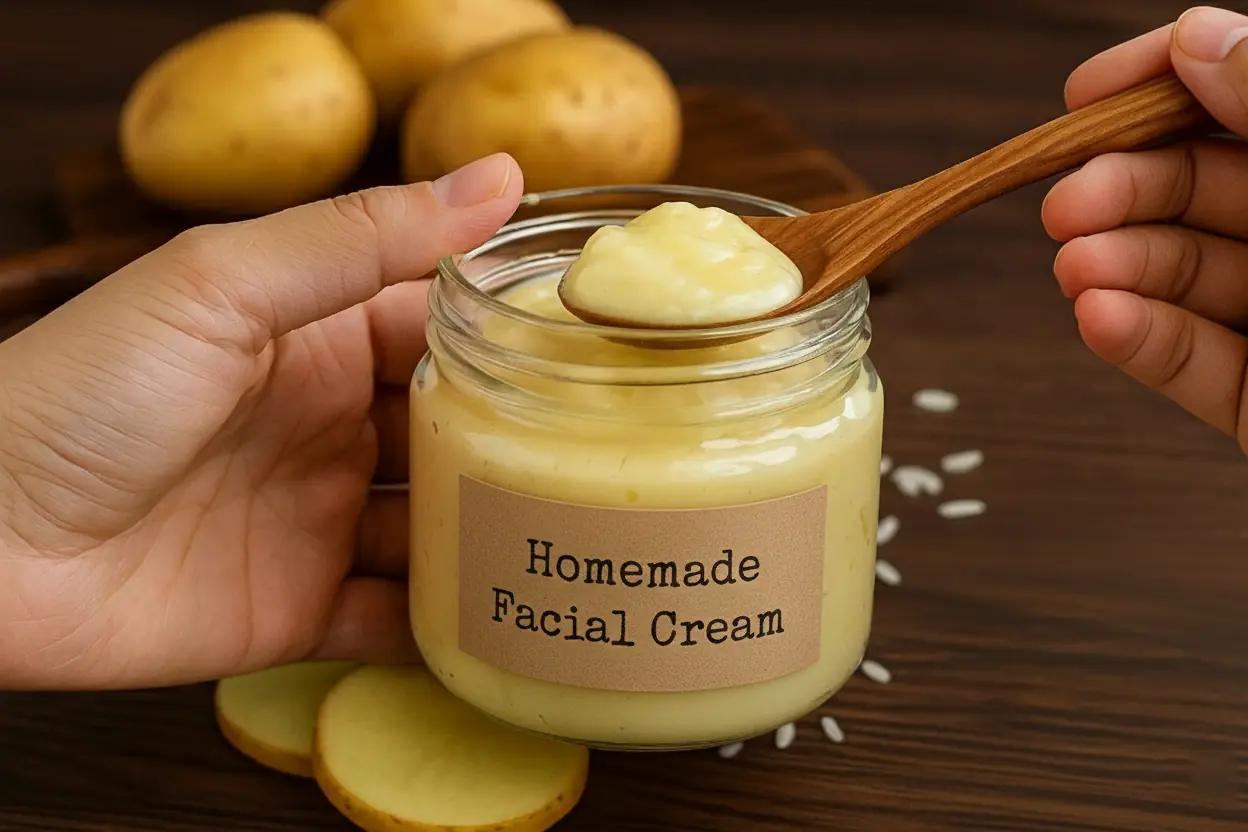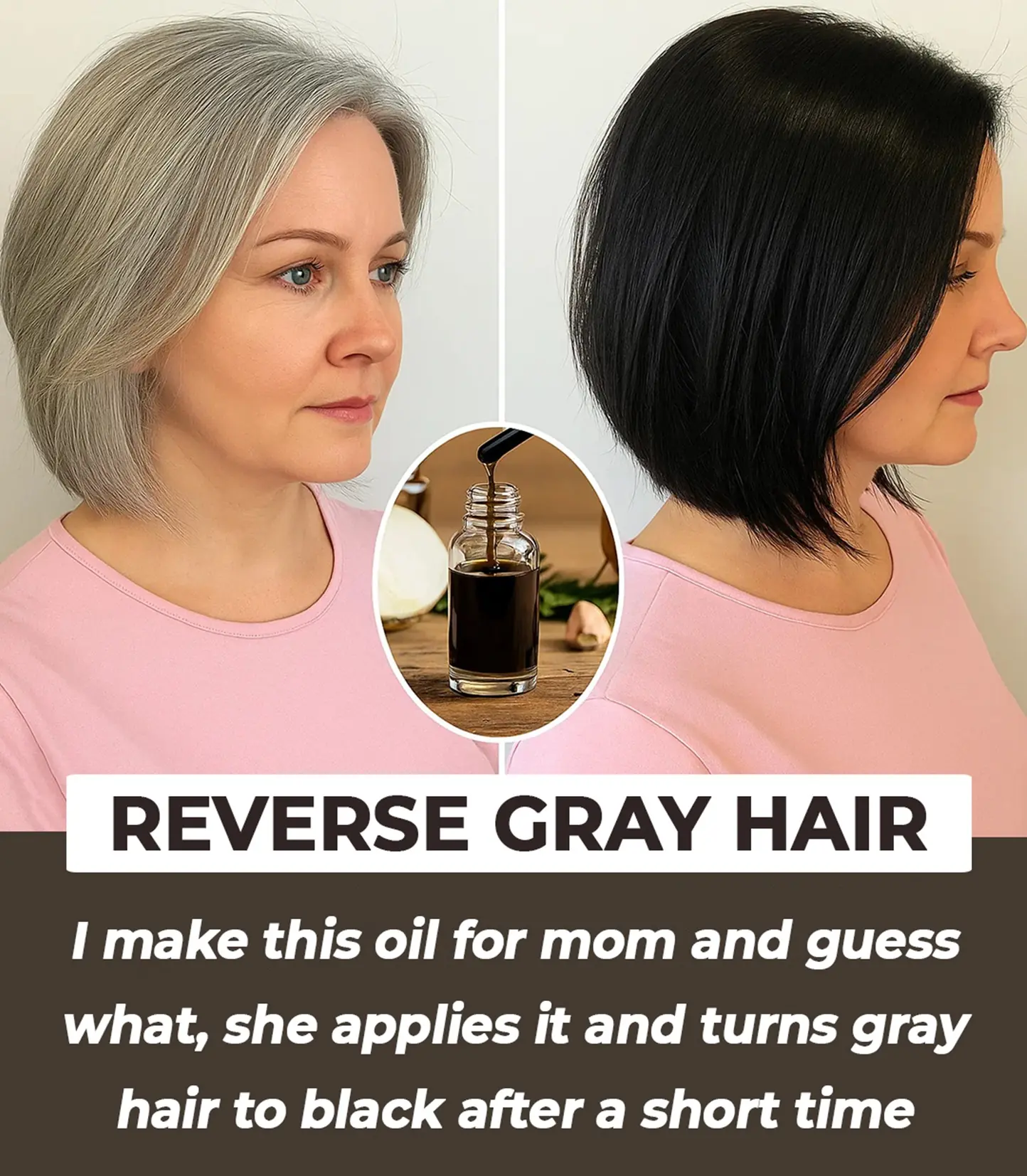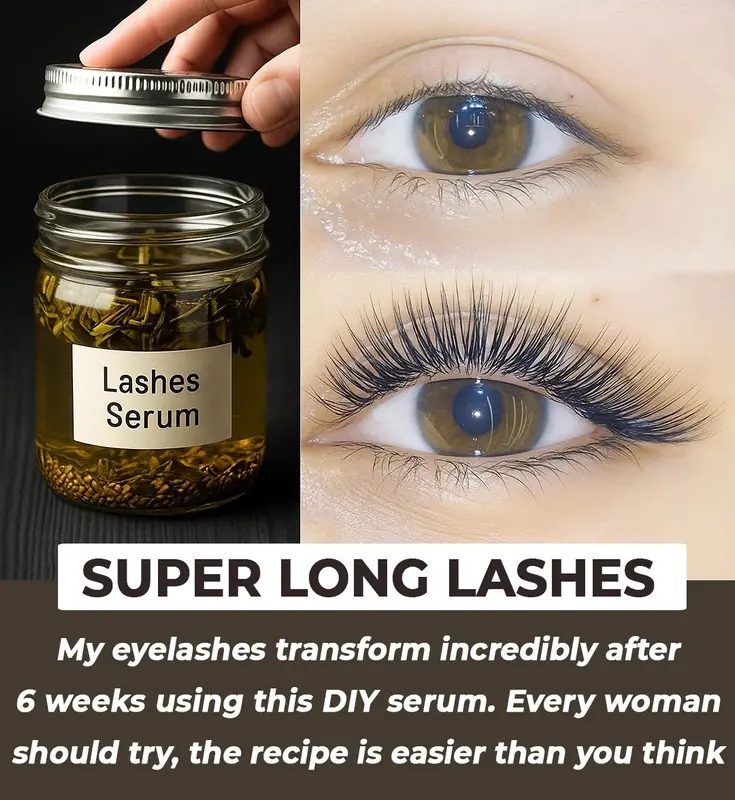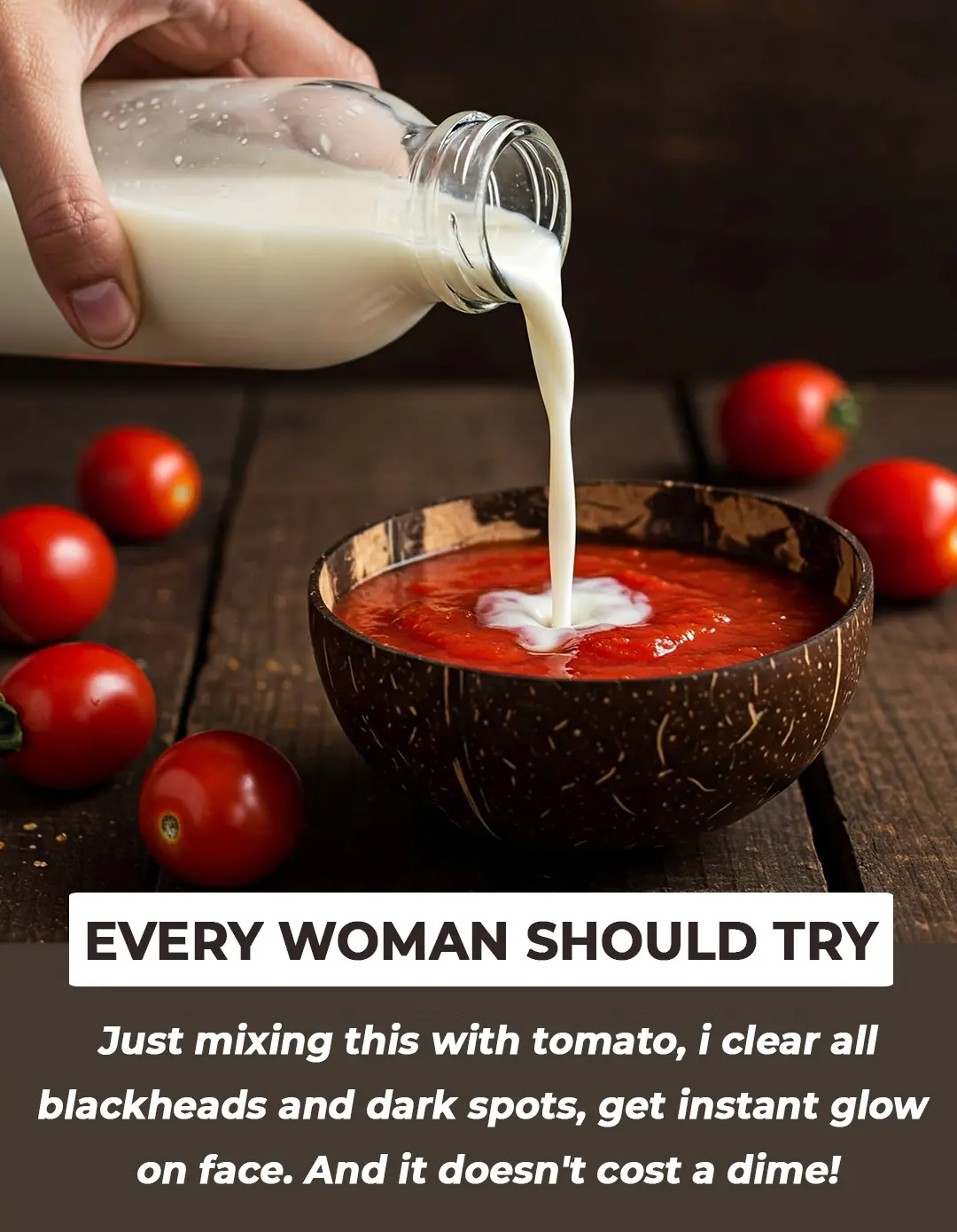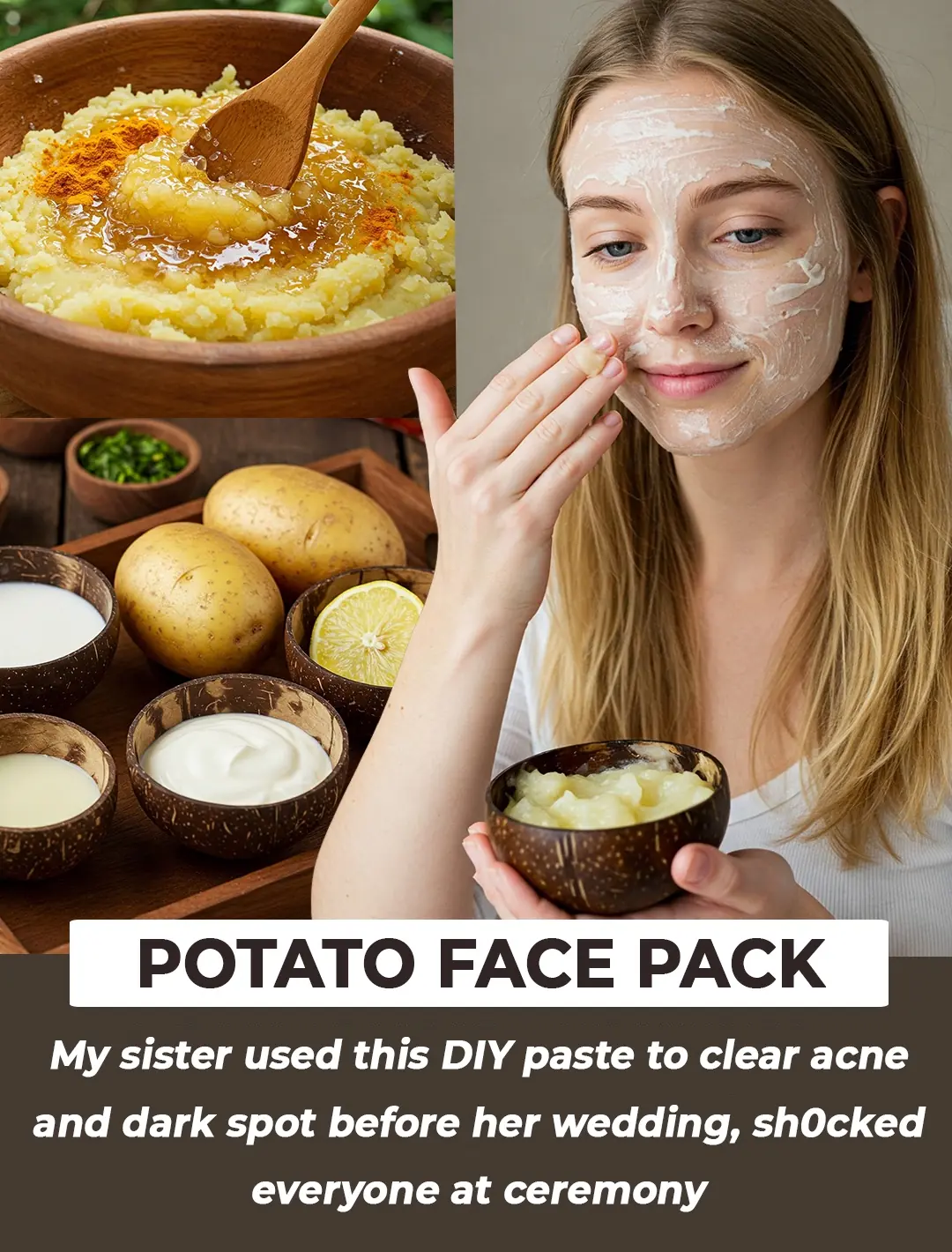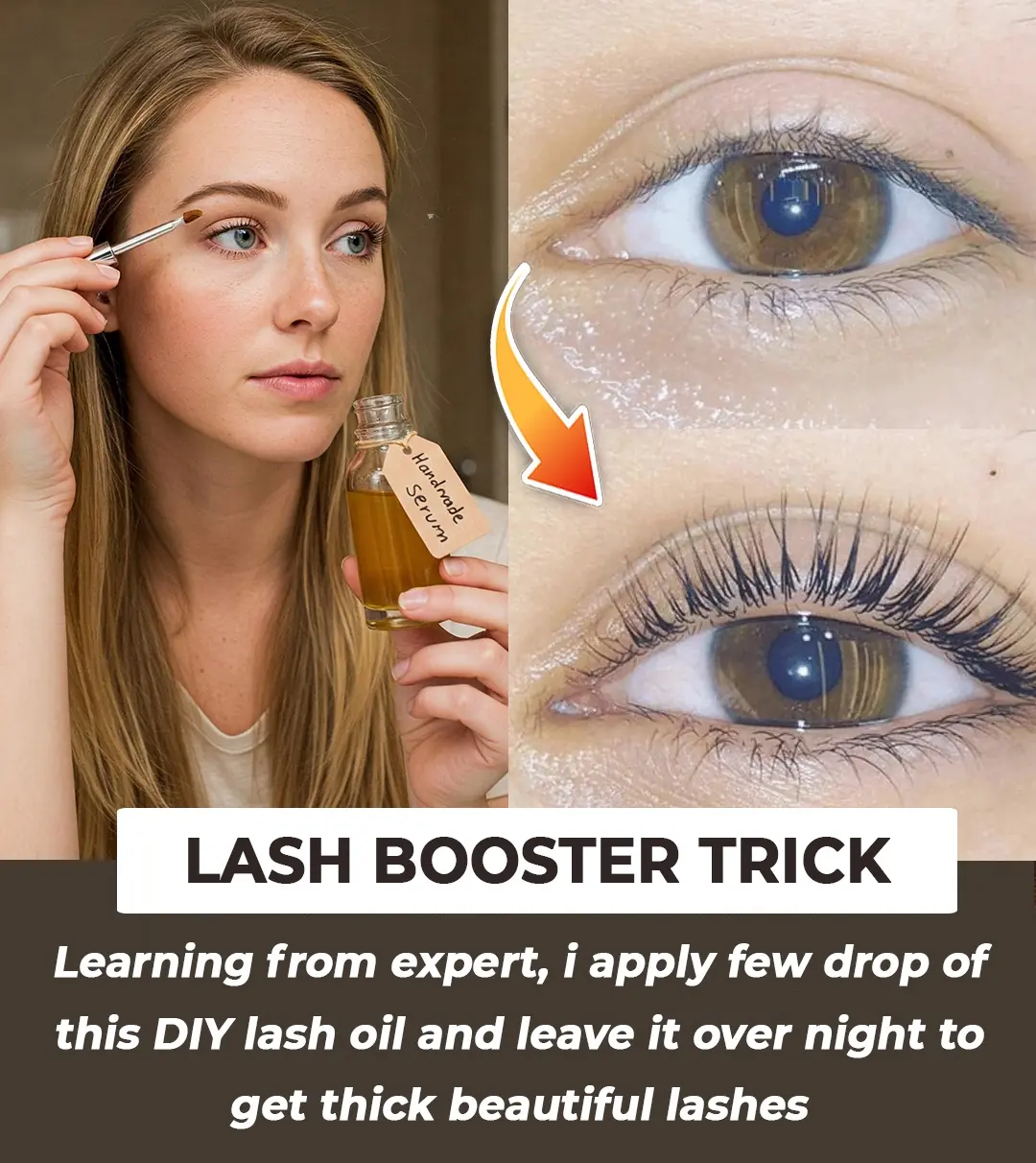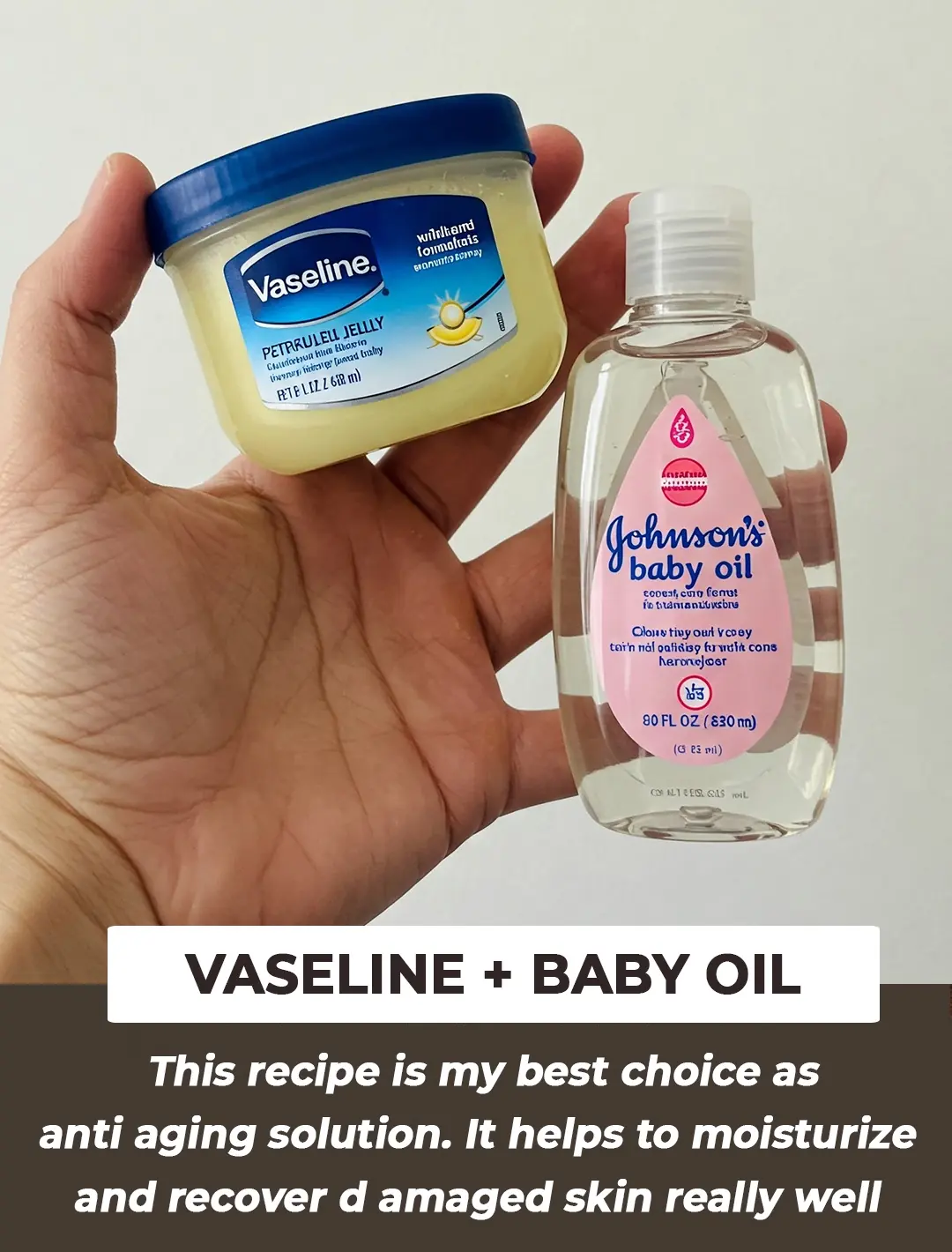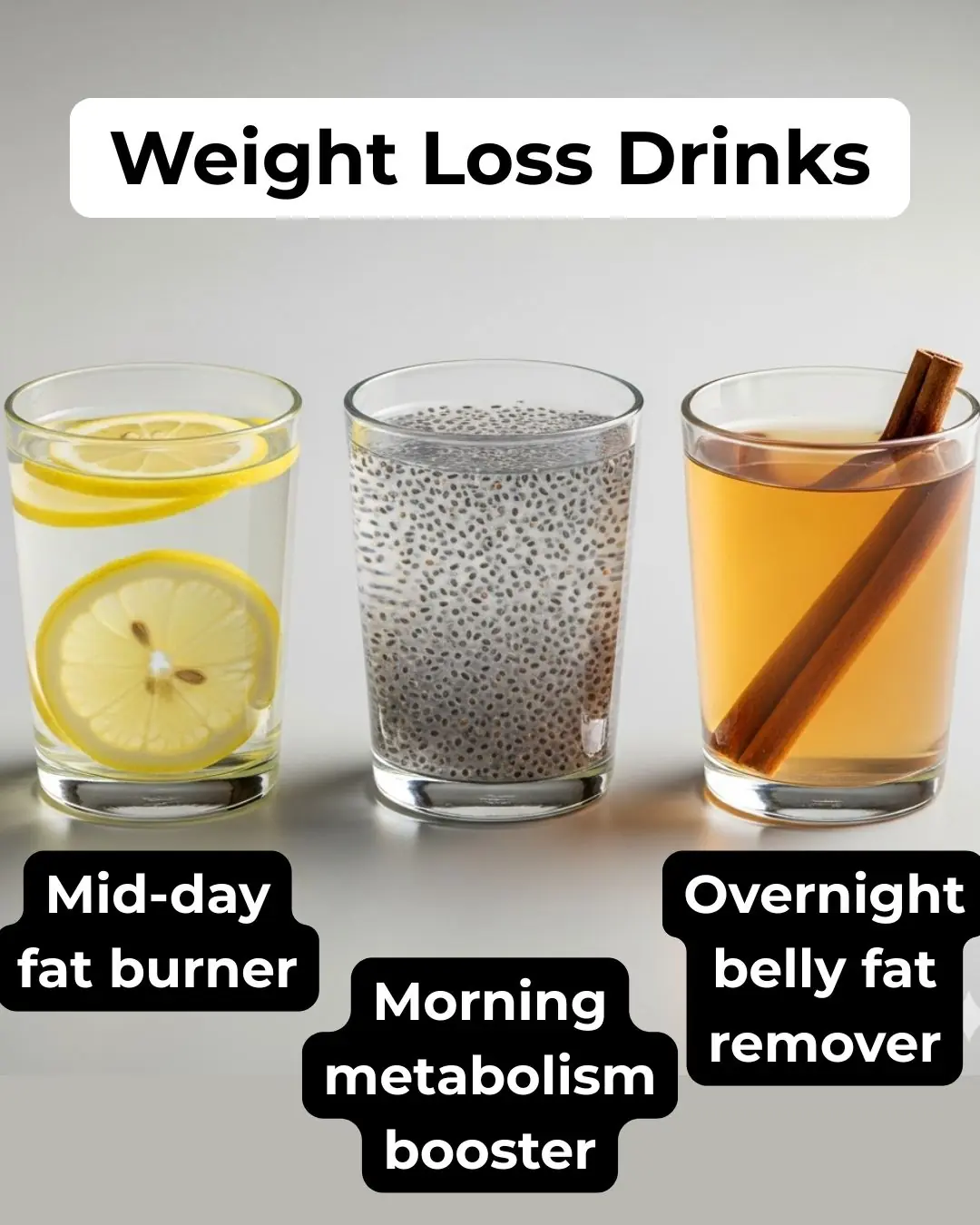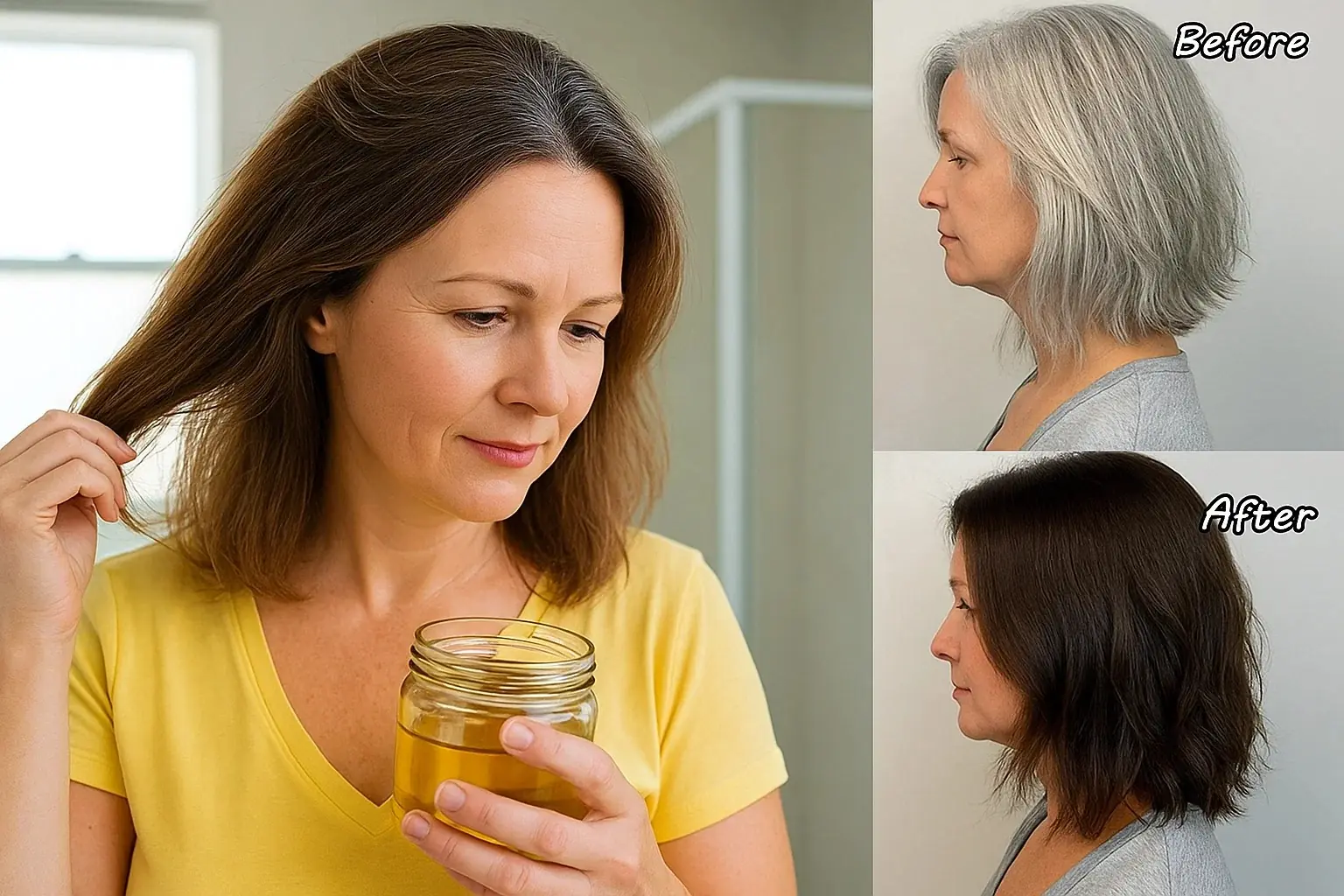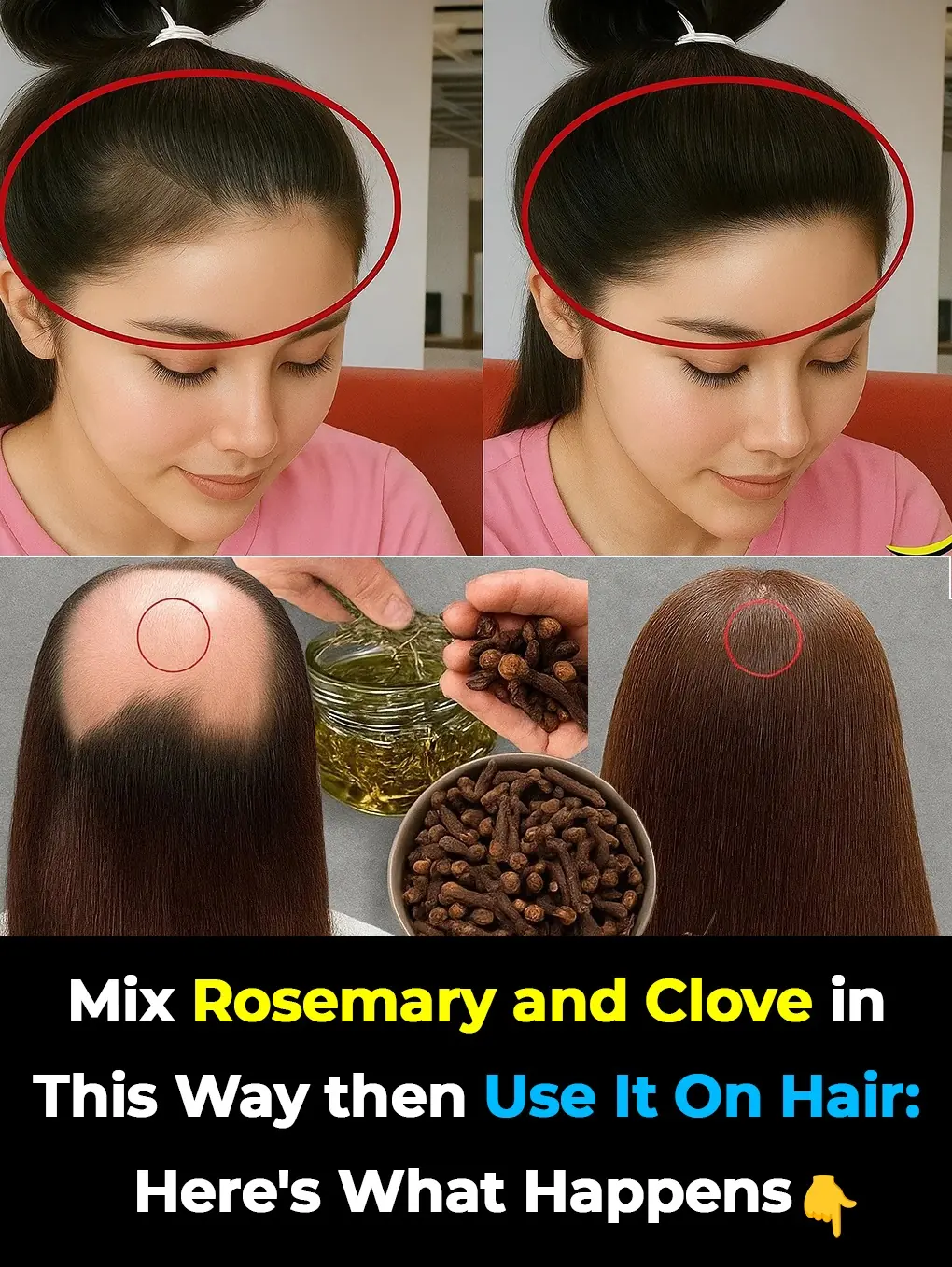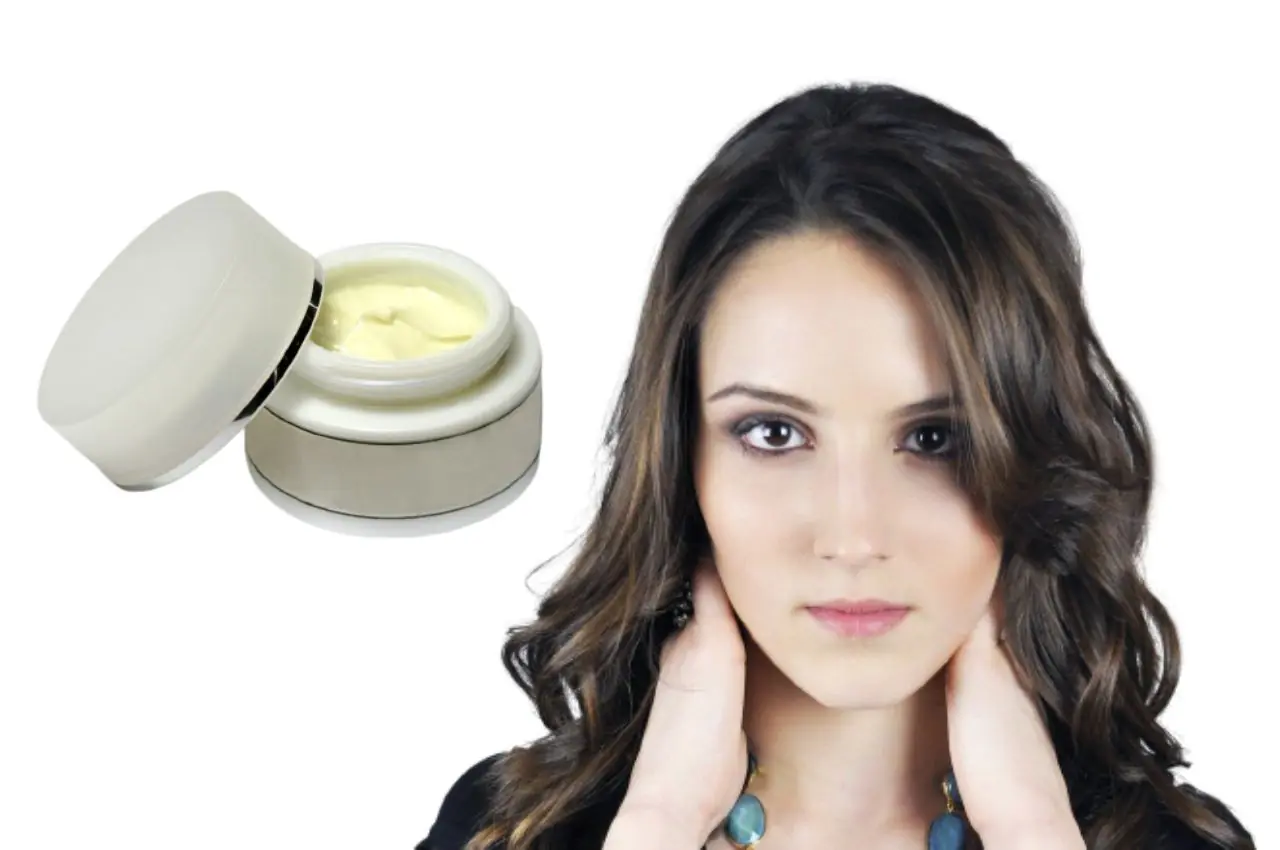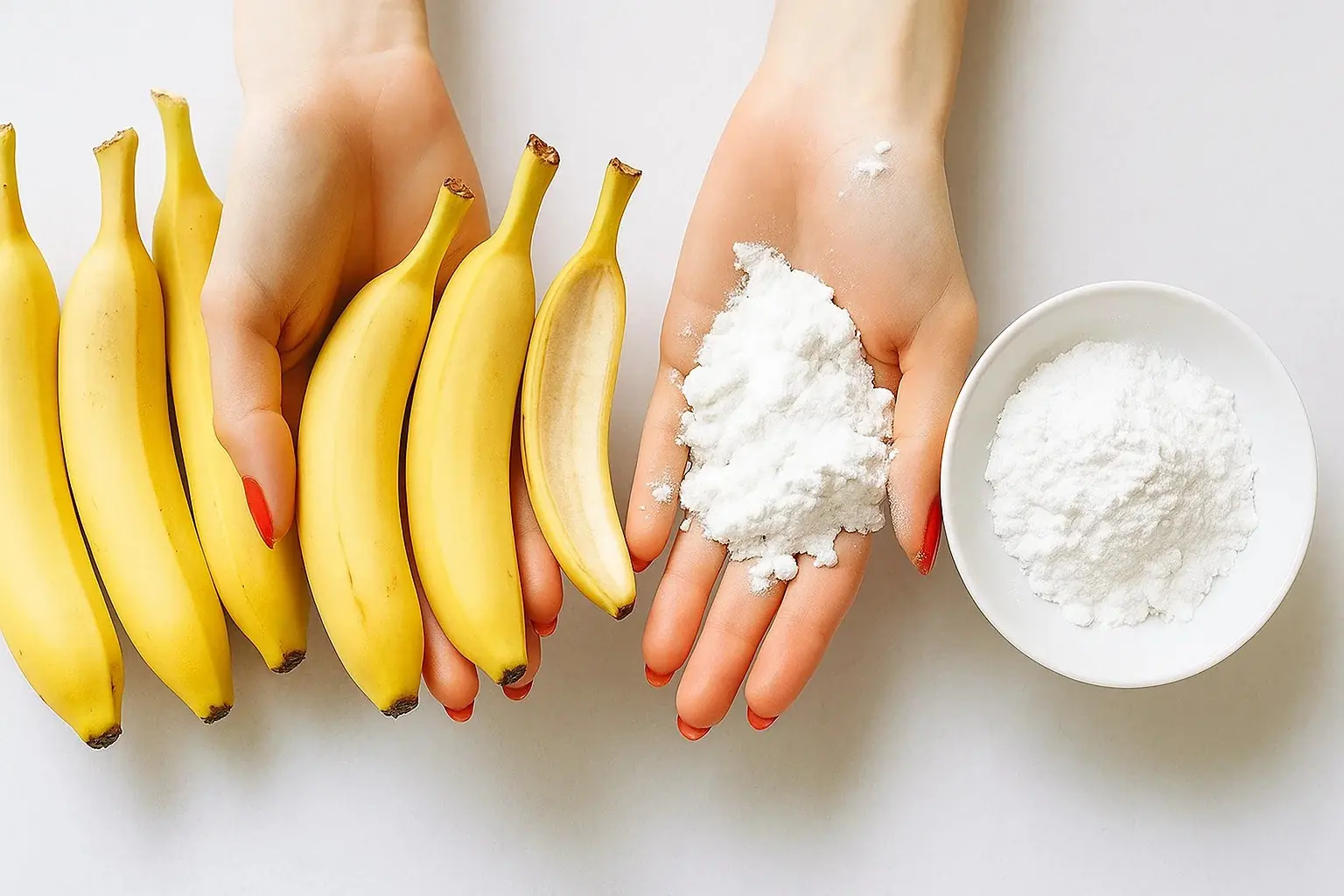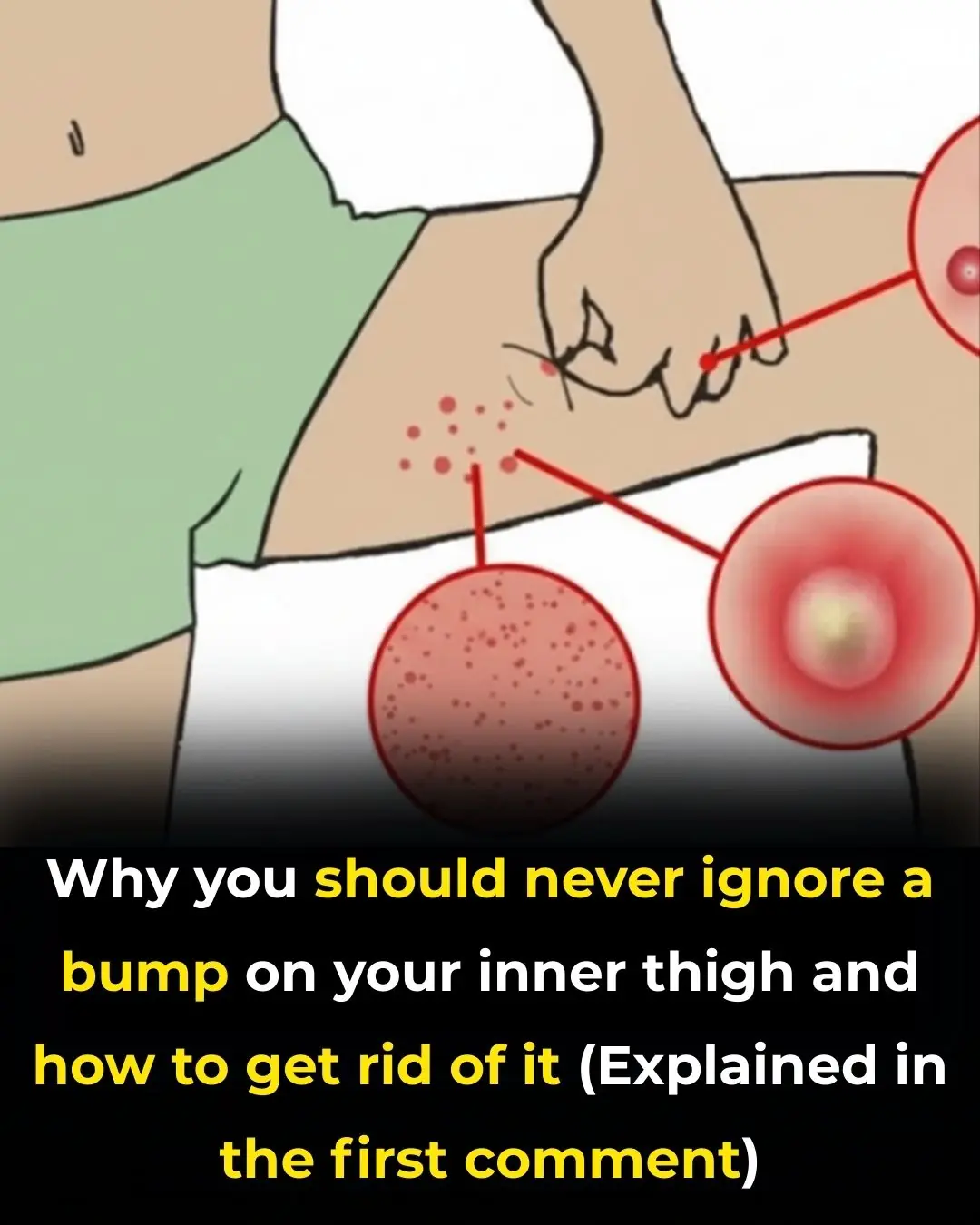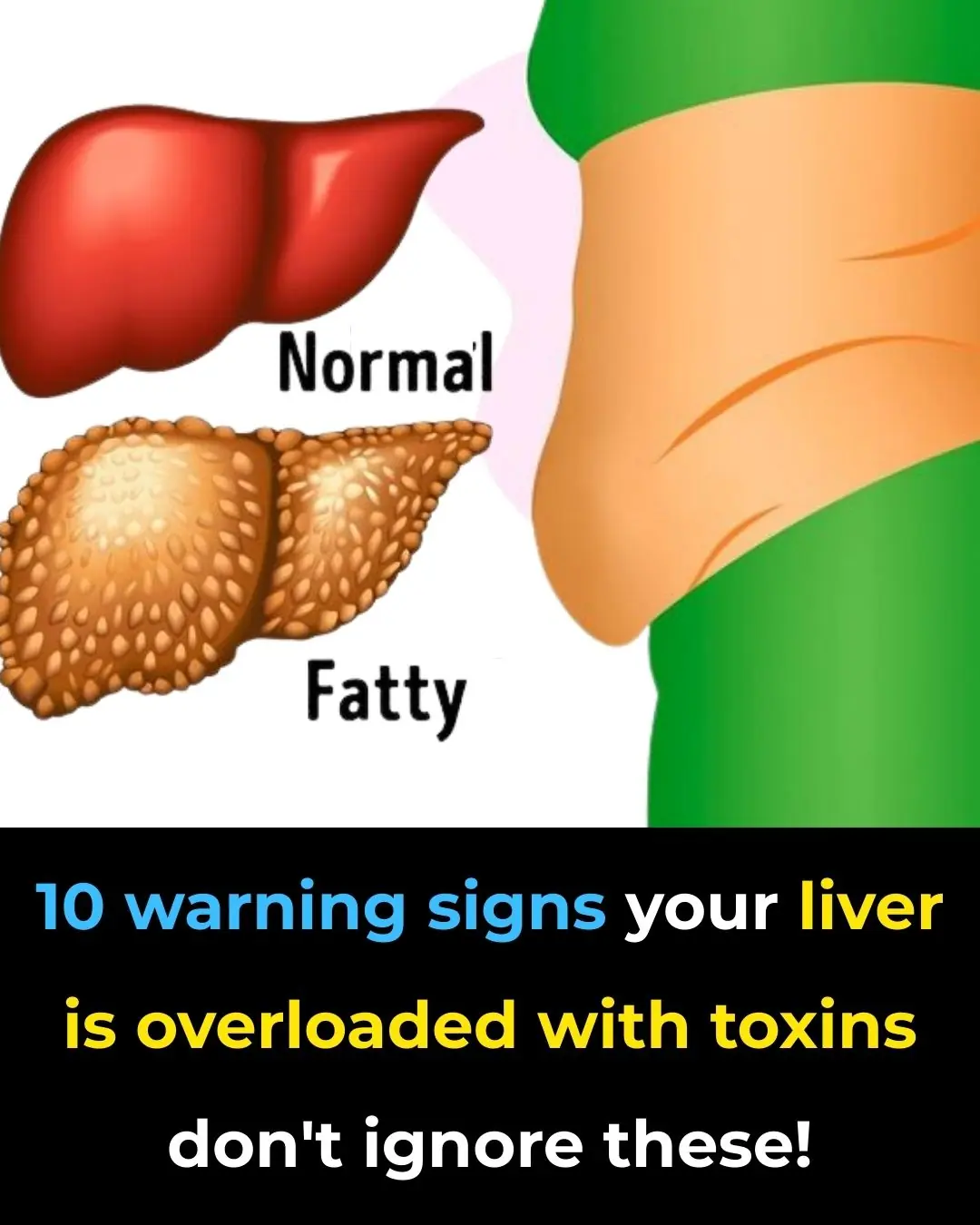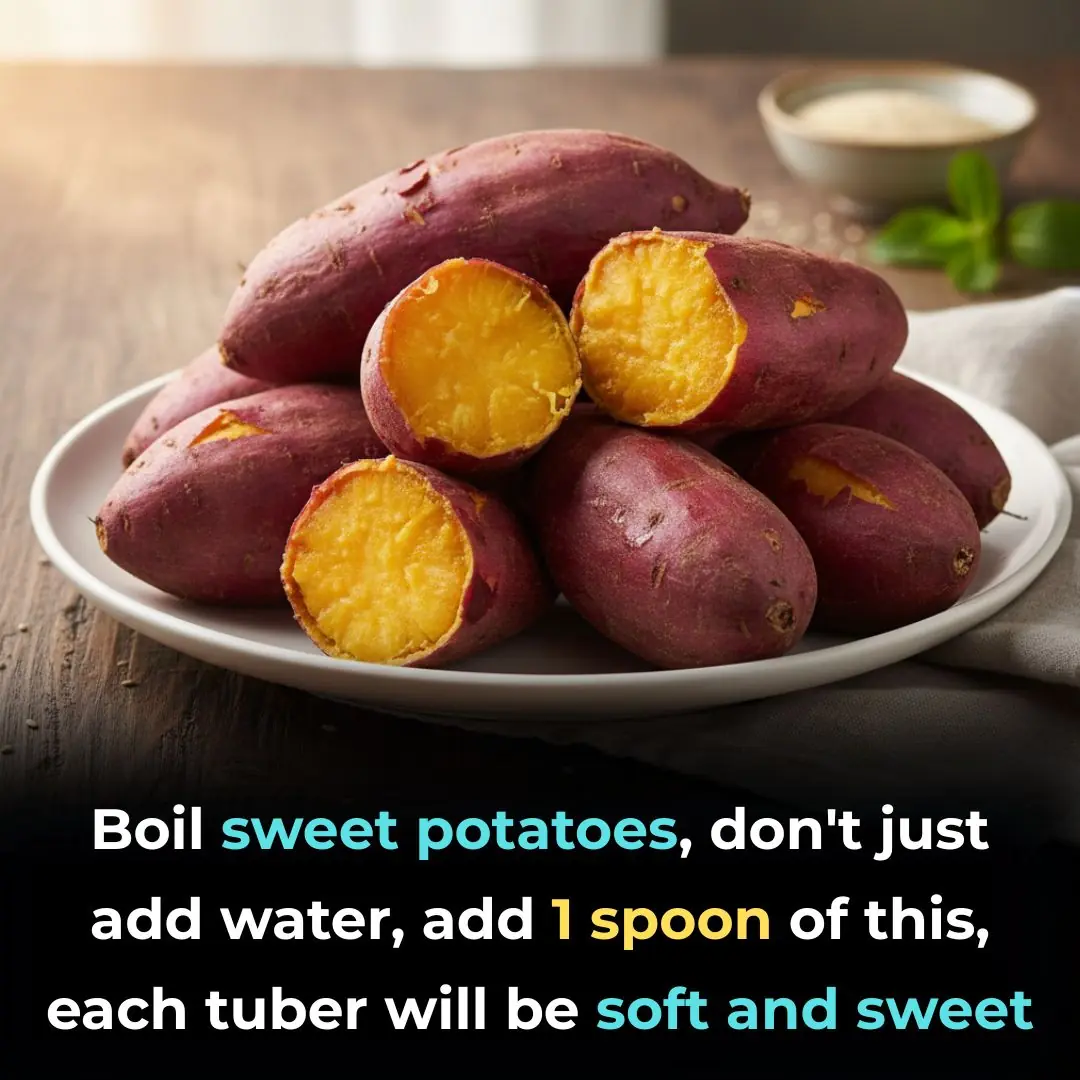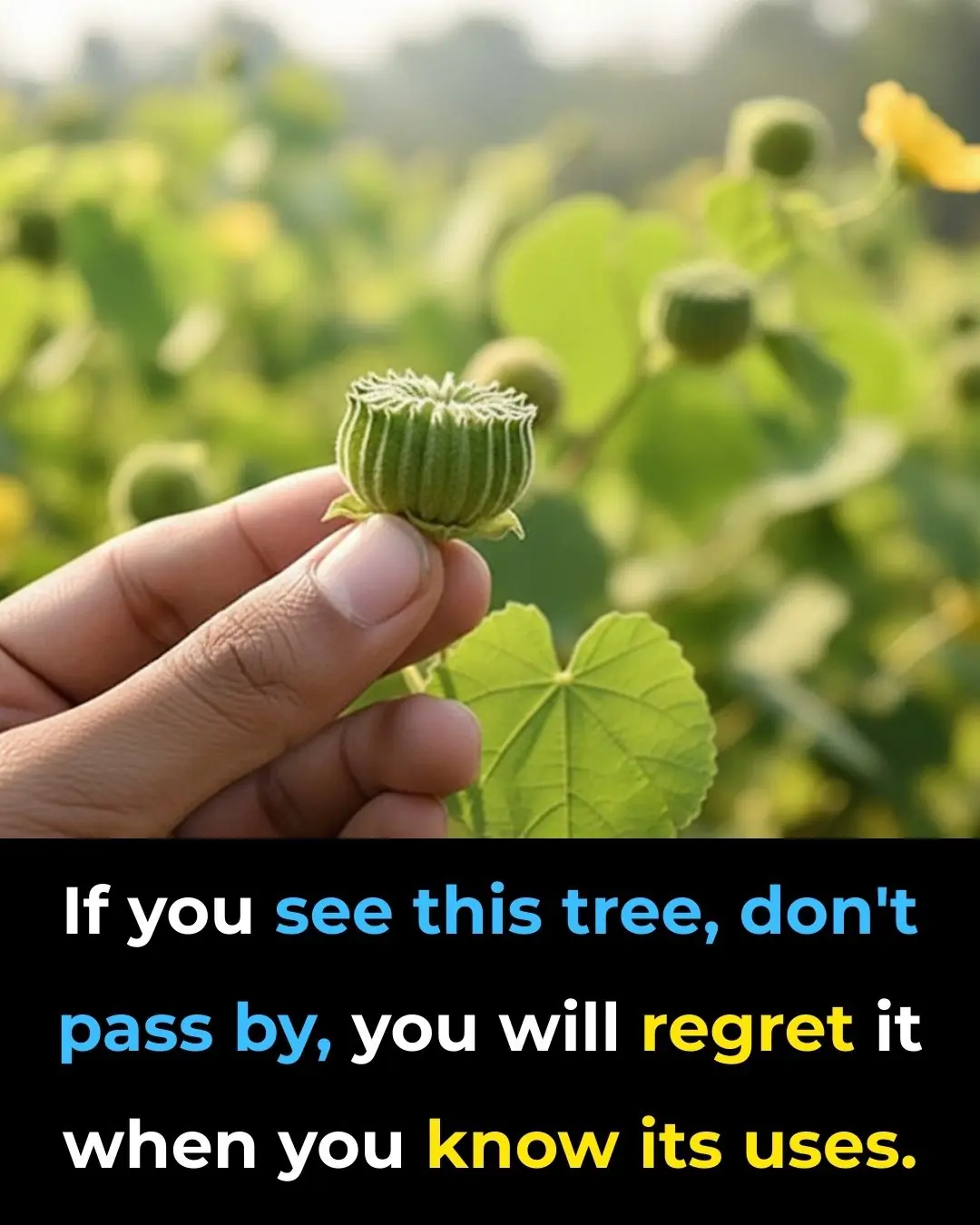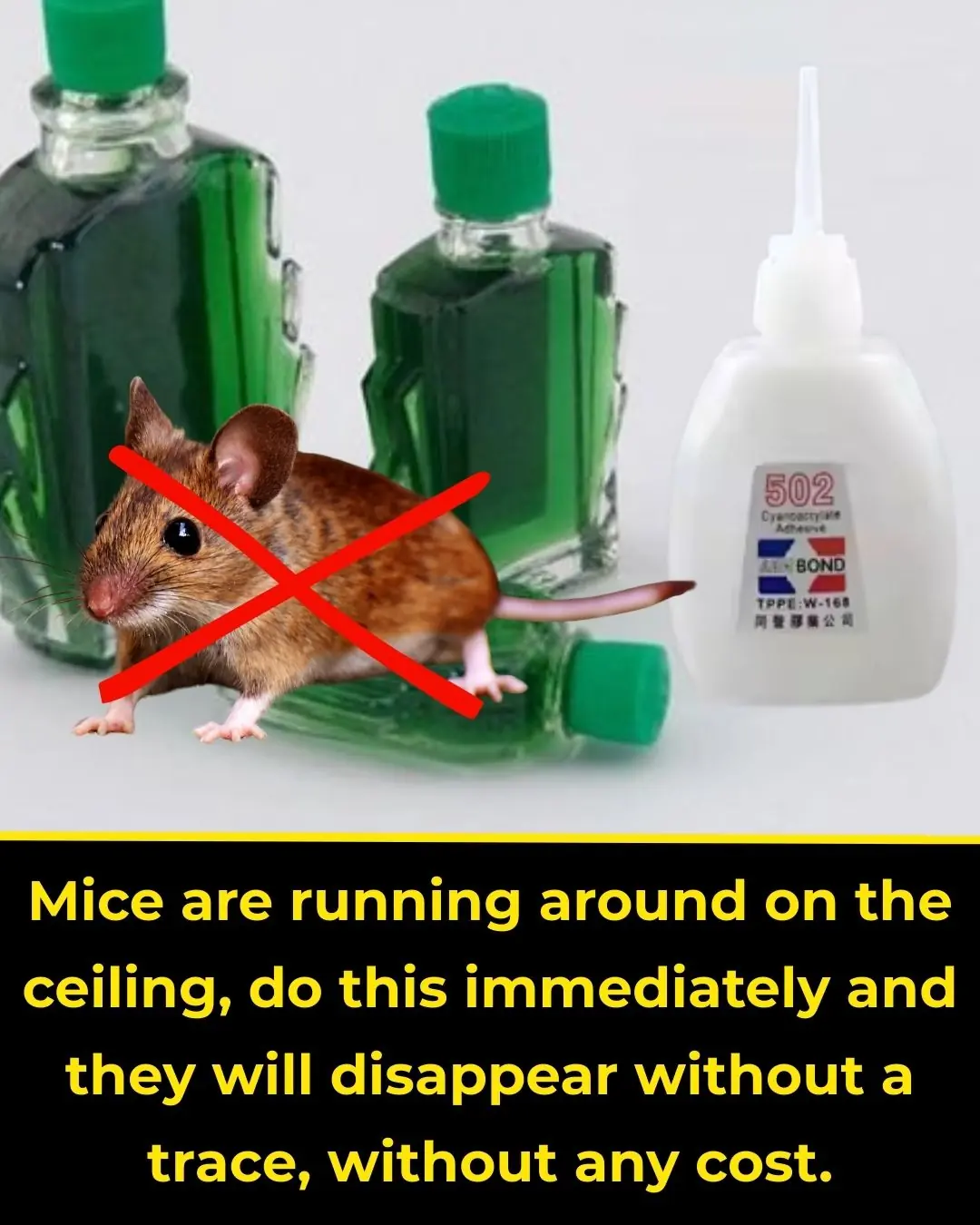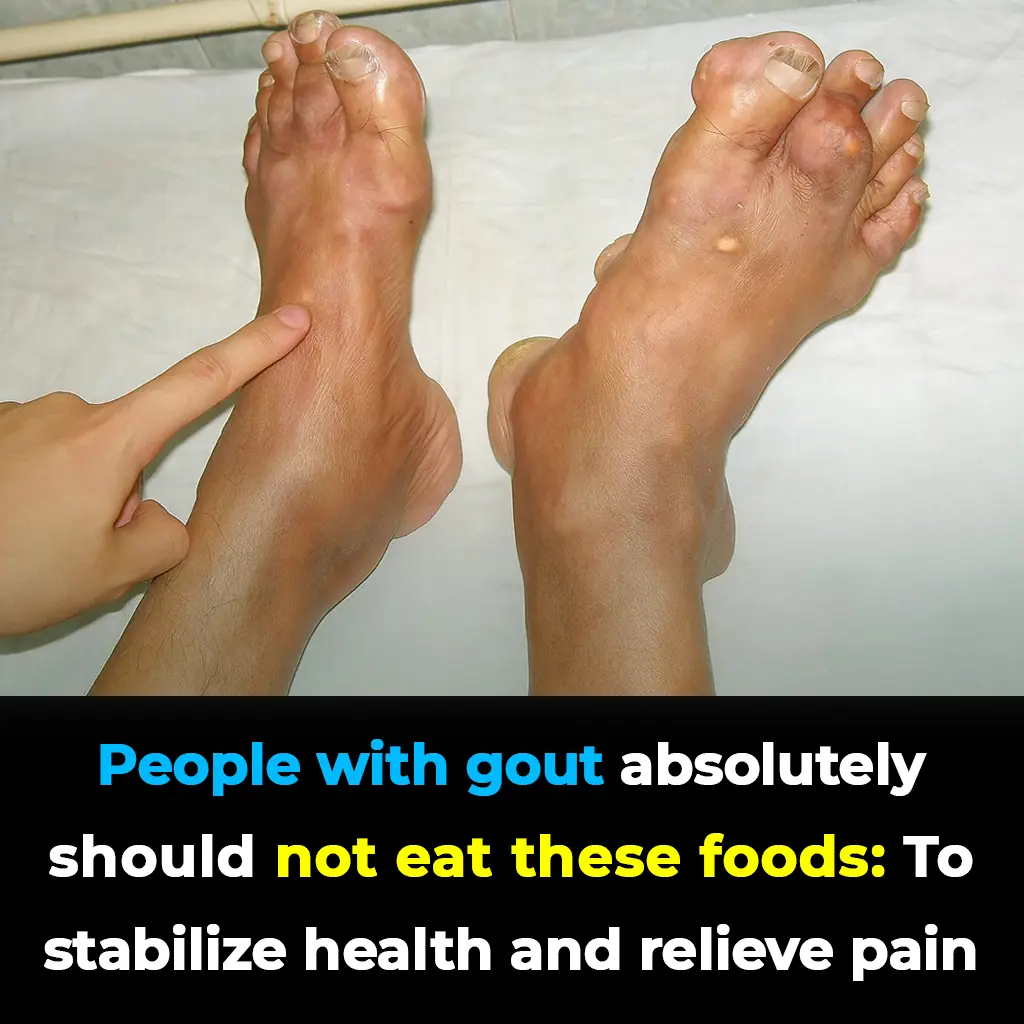Skin tags and warts are small, rough growths that form on the skin due to certain strains of the human papillomavirus (HPV). While they are usually harmless, they can be unsightly, irritating, and sometimes embarrassing—especially if they appear on visible areas like the face, hands, or neck. The good news is that there are several natural, non-invasive remedies you can try at home to gently remove warts without using harsh chemicals or expensive treatments.
These DIY approaches use ingredients that you probably already have in your kitchen or pantry. Most of them work by either breaking down the infected skin cells, boosting your immune system, or providing antiviral and antibacterial action to target HPV at its root.
Below are some of the most effective and time-tested natural wart removal methods:
DIY #1 – Apple Cider Vinegar (ACV)
Apple cider vinegar is one of the most popular home remedies for warts, thanks to its acidity, which is similar to salicylic acid—a common ingredient in drugstore wart removers. ACV helps exfoliate layers of infected skin and gradually destroys the wart tissue. Its antimicrobial properties may also fight the virus that causes the wart, helping prevent recurrence.
How to Use:
-
Mix 2 parts apple cider vinegar with 1 part water to dilute it.
-
Soak a cotton ball in the solution and place it directly on the wart.
-
Cover with a clean bandage or medical tape and leave it on for 3–4 hours.
-
Repeat daily until the wart darkens, shrinks, and eventually falls off.
Tip: Always dilute ACV to avoid chemical burns, redness, or irritation. Avoid using it on broken, irritated, or very sensitive skin.
DIY #2 – Garlic
Garlic is a natural powerhouse thanks to its compound allicin, which has strong antiviral, antibacterial, and immune-stimulating effects. It helps fight the HPV virus and slowly breaks down wart tissue, allowing the skin to heal.
How to Use:
-
Crush one fresh garlic clove and mix it with a few drops of water to make a paste.
-
Apply the paste directly to the wart.
-
Cover with a bandage and leave it on for several hours or overnight.
-
Repeat daily for 3–4 weeks or until the wart disappears.
Alternative: Rub a freshly cut garlic clove on the wart twice a day, or dab fresh garlic juice onto the area.
DIY #3 – Orange Peel
Orange peel may sound too simple, but many people swear by this remedy. Regular application is believed to help warts gradually darken and drop off naturally.
How to Use:
-
Take a small piece of fresh orange peel.
-
Rub it gently over the wart once a day.
-
Continue this process for 2–3 weeks until you see the wart shrink, darken, and eventually fall off.
This method is gentle and especially useful for children or those with sensitive skin.
DIY #4 – Potato
Potatoes have mild, drying properties that may help dehydrate warts, causing them to shrink over time.
How to Use:
-
Cut a raw potato in half.
-
Rub the cut side over the wart until it’s well coated with potato juice.
-
Repeat twice daily for several weeks for best results.
DIY #5 – Pineapple
Fresh pineapple is rich in bromelain, an enzyme that dissolves dead or damaged skin cells, helping to break down wart tissue. Its natural acidity also creates an environment that discourages viral growth.
How to Use:
-
Soak the wart in pineapple juice for 5–10 minutes daily, or
-
Apply a small piece of fresh pineapple directly onto the wart and secure it with a bandage.
Repeat every day. Over time, the wart should soften, peel, and fall off.
DIY #6 – Aloe Vera
Aloe vera is best known for soothing burns and speeding up skin healing. While not as fast-acting as acidic remedies, it can reduce inflammation, relieve irritation, and support recovery after the wart tissue starts to break down.
How to Use:
-
Apply fresh aloe vera gel directly on the wart.
-
Leave it on for a few hours, then rinse with lukewarm water.
-
Repeat 2–3 times daily.
This remedy works well alongside other treatments like garlic or ACV to calm the skin and reduce redness.
DIY #7 – Tea Tree Oil
Tea tree oil is a natural antiviral, antifungal, and antiseptic essential oil. It helps disinfect the area and may speed up wart removal.
How to Use:
-
Mix a few drops of tea tree oil with a carrier oil (coconut, olive, or almond oil).
-
Apply the mixture to the wart using a cotton swab.
-
Cover with a bandage and leave it overnight.
-
Repeat daily until you see improvement.
Final Tips for Success
-
Be consistent: Natural remedies work gradually and may take anywhere from 2–6 weeks to show visible results.
-
Avoid spreading the virus: Do not pick, scratch, or cut the wart, as this can spread HPV to other areas.
-
Keep the area clean and dry: Moisture can make warts worse, so keep the skin clean and protected.
-
Support your immune system: Eat a balanced diet, get enough sleep, and stay hydrated—your body needs a strong immune system to fight HPV effectively.
-
See a doctor if needed: If the wart is very painful, growing rapidly, spreading, or not improving after a few months, consult a dermatologist for professional treatment options like cryotherapy or laser removal.
